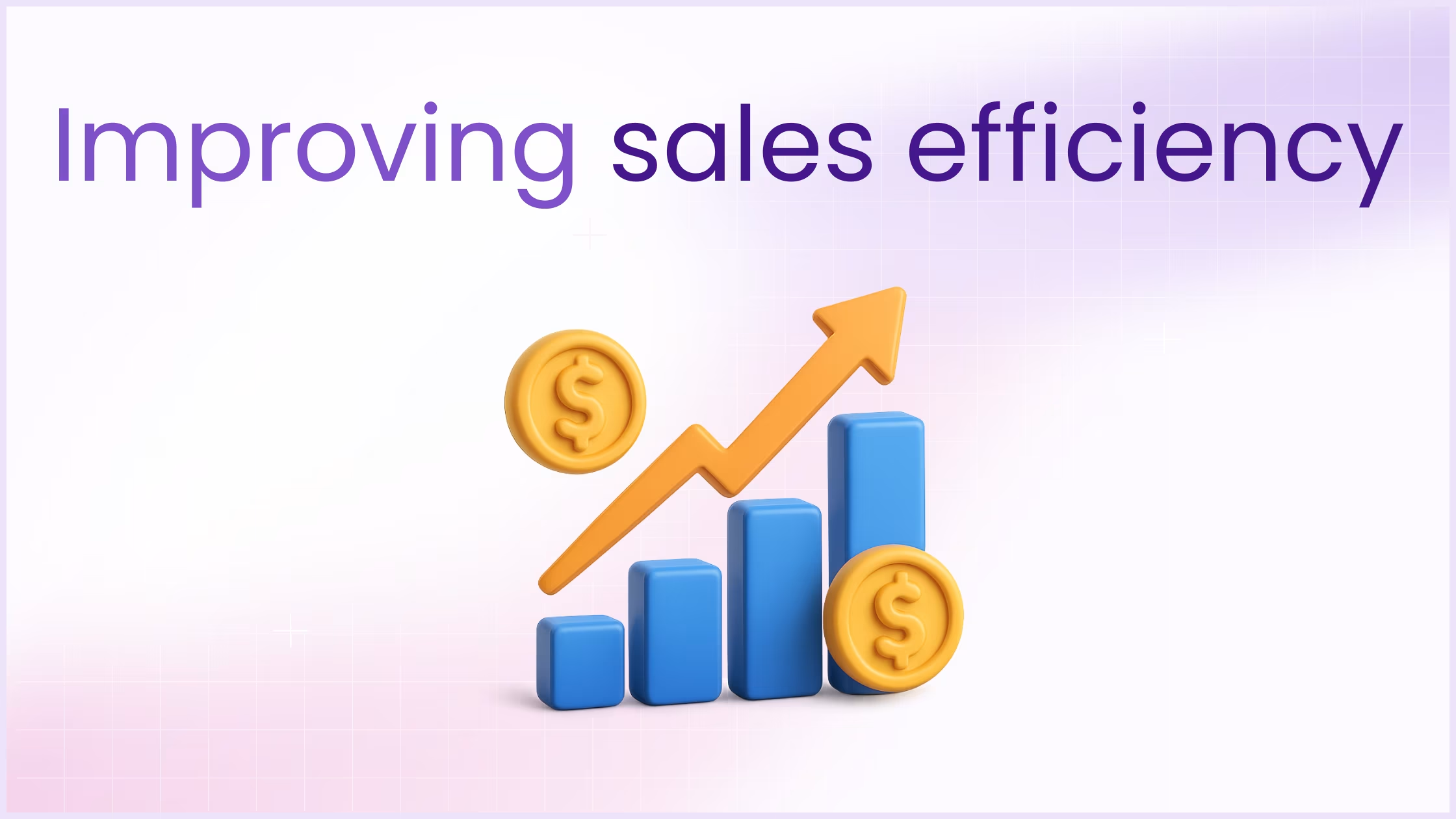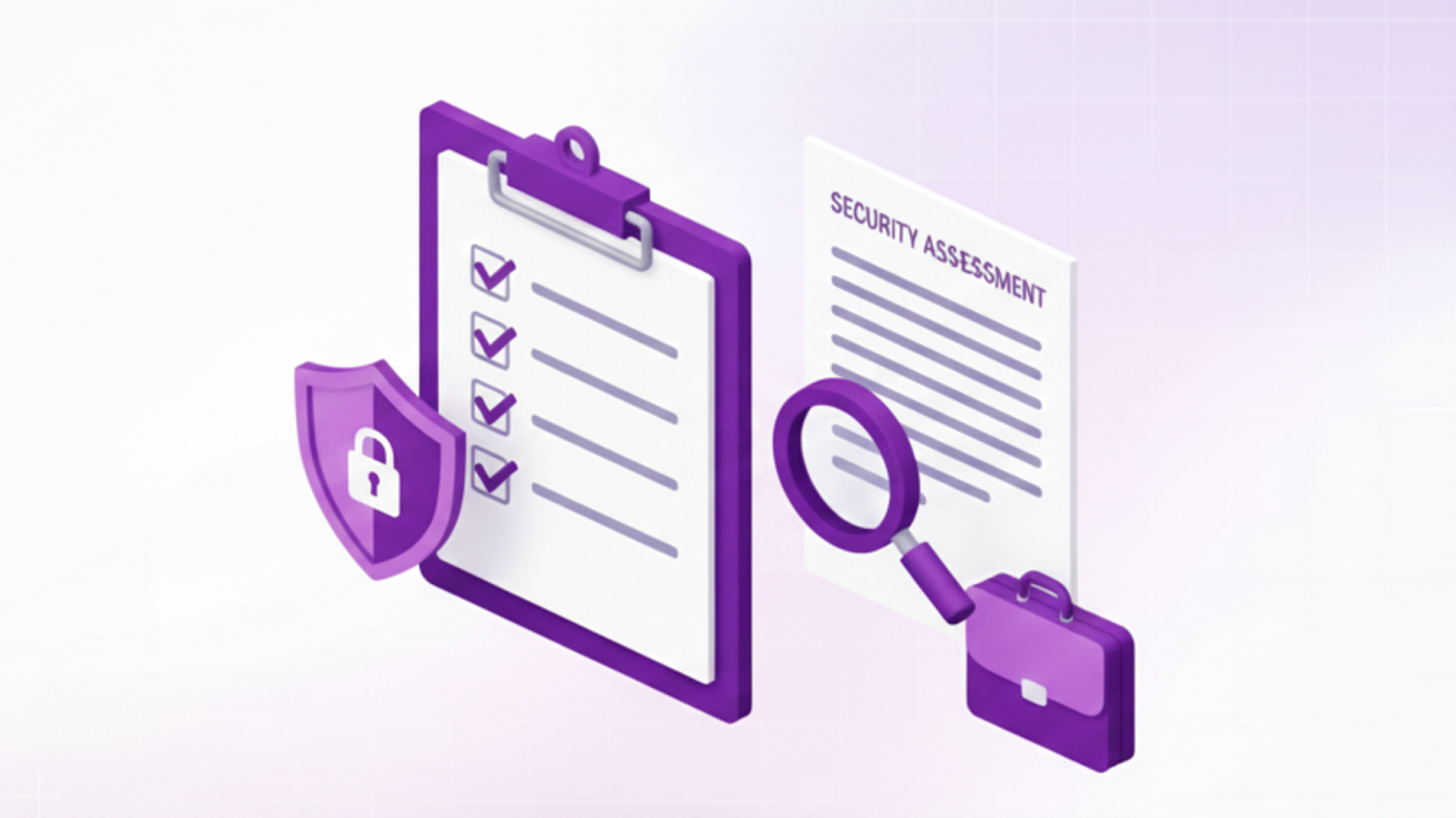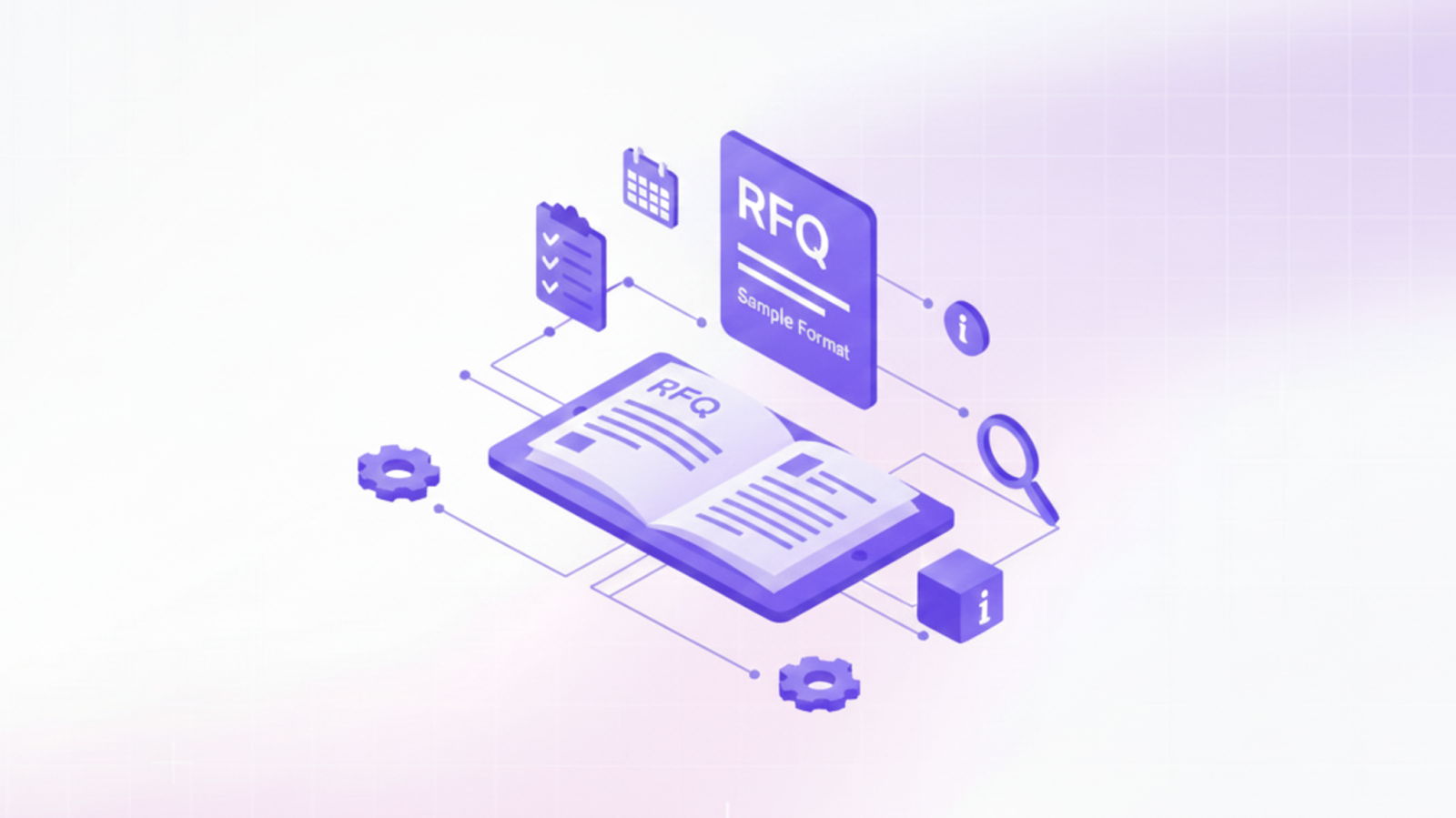Let's be honest, watching your sales team work harder but not smarter is frustrating. You've probably seen the signs: reps chasing unqualified leads, deals dragging on forever, and revenue targets that feel increasingly out of reach. Sound familiar?
Here's the thing: working harder isn't always the answer. Working more efficiently is.
Consider this sobering reality: sales reps spend just 28% of their week actually selling, with the rest consumed by administrative tasks and internal meetings. Even more telling? Only 28% of salespeople expect to hit their annual quota.
Sales efficiency isn't just another corporate buzzword thrown around in quarterly meetings. It's the secret sauce that separates high-performing sales teams from those constantly struggling to hit their numbers. When you master efficiency in sales, you're not just improving metrics; you're transforming your entire revenue engine.
This blog will cover everything you need to know about sales efficiency. It'll explore what it really means, share the sales efficiency formula that actually works, and give you actionable strategies to turn your sales team into a revenue-generating machine. We'll also delve into how to measure sales effectiveness, improve overall sales productivity, and understand the key differences between sales efficiency vs effectiveness.
Ready to stop spinning your wheels and start seeing real results? Let's jump in.
What is sales efficiency?
Before we get into the nitty-gritty of how to measure sales productivity, let's establish what we're actually talking about.
What is sales efficiency? Simply put, it's how effectively your sales team converts resources (time, money, and effort) into actual revenue. Think of it as your sales ROI on steroids.
Understanding sales efficiency vs effectiveness is crucial here. While sales effectiveness focuses on doing the right things (targeting the right prospects, using the right messaging), sales efficiency is about doing things right (optimizing processes, reducing waste, maximizing output per input). Both are essential, but efficiency specifically measures your resource utilization and return on investment.
When your sales team efficiency is high, magic happens:
- Deals close faster
- Costs per acquisition drop
- Revenue per sales rep increases
- Your entire organization runs smoother
But when efficiency takes a nosedive? That's when you see bloated sales cycles, sky-high customer acquisition costs, and reps burning out faster than you can replace them.
The impact goes beyond just your sales department. Poor sales efficiency creates a ripple effect throughout your entire business, affecting cash flow, growth projections, and ultimately, your competitive position in the market.
The sales efficiency formula that actually works
Here's where most articles get it wrong. They give you one sales efficiency formula and call it a day. But measuring sales effectiveness isn't that simple—you need multiple business efficiency metrics to get the full picture.
Primary sales efficiency formula
The foundational sales efficiency formula is:
Sales efficiency = Revenue generated / Sales investment
Where sales investment includes:
- Salaries and commissions
- Sales tools and technology
- Training and development costs
- Marketing support allocated to sales
This gives you a baseline ratio. But what is a good sales efficiency ratio? A healthy sales efficiency ratio typically ranges from 1 to 3, meaning that for every $1 spent on sales and marketing, efficient teams generate $1–$3 in revenue. However, what constitutes a good sales efficiency ratio can vary by industry and company maturity. For example, a cybersecurity firm spending $100,000 on sales operations and generating $350,000 in new contracts achieves an impressive 3.5 ratio, earning $3.50 for every dollar invested in sales activities.
Advanced sales efficiency ratio
For a more nuanced view, many teams use this enhanced sales efficiency formula:
Advanced sales efficiency = (New revenue + expansion revenue) ÷ (sales + marketing spend)
This version accounts for growth from existing customers, giving you a clearer picture of your total sales impact and helping you understand the full lifetime value of your customer relationships.
Time-based efficiency formula
Don't forget about the time component. Here's another crucial sales efficiency formula:
Time efficiency = Total revenue ÷ (number of sales hours × hourly cost)
This helps you understand not just financial efficiency, but operational efficiency too. It's particularly useful when you want to measure sales productivity across different periods or team configurations.
Essential sales efficiency metrics you can't ignore
Now that you understand how to calculate sales efficiency, let's explore the business efficiency metrics that'll give you actionable insights. These key performance indicators are crucial for measuring sales productivity and effectiveness.
1. Average sales cycle length
Your average sales cycle length is one of the most telling sales effectiveness metrics. It measures how long it takes to move a prospect from first contact to closed deal.
Formula: Total days for all closed deals ÷ Number of closed deals
But here's what most people miss: average sales cycle length varies dramatically across sales efficiency benchmarks by industry. SaaS sales efficiency metrics might show 30-90 day cycles, while enterprise software deals can stretch 12-18 months. Manufacturing and industrial sales often fall somewhere in the middle at 6-12 months.
Why does this matter? Understanding your industry's sales efficiency benchmarks helps you identify whether your sales process is genuinely efficient or just "normal" for your space.
2. Sales conversion rate
This is where the rubber meets the road. Your conversion rate shows how many prospects actually become customers.
Formula: (Number of closed deals ÷ Total number of qualified leads) × 100
The average sales win rate is 21%. Also, in 2023, B2B win rates increased by 7% and sales cycles shortened by 18% compared to late 2022, indicating a rebound in buyer confidence. These sales efficiency benchmarks provide valuable context for evaluating your team's performance.
3. Revenue per sales rep
One of the most straightforward sales force effectiveness metrics:
Formula: Total revenue ÷ Number of sales reps
This metric helps you understand individual productivity and identify training opportunities or process improvements. It's a key indicator of sales rep efficiency and overall sales performance. When tracking revenue generated per rep, consider both new business and expansion revenue to get a complete picture of each representative's contribution to your bottom line.
4. Customer acquisition cost (CAC)
Formula: (Sales expenses + marketing expenses) ÷ Number of new customers
Your CAC should be significantly lower than your customer lifetime value (CLV), ideally at a 3:1 ratio or better. This sales and marketing efficiency ratio is crucial for sustainable growth. Understanding the relationship between acquisition costs and lifetime value helps you make informed decisions about sales investment and resource allocation.
5. Sales velocity
This combines multiple factors into one powerful metric:
Formula: (Number of opportunities × average deal size × win rate) ÷ Average sales cycle length
Sales velocity shows you how quickly you're generating revenue, making it one of the most comprehensive sales engineer metrics available. It incorporates both efficiency and effectiveness elements, giving you a holistic view of your sales performance.
How to improve sales efficiency: 6 proven strategies
Understanding your metrics is just the beginning. Here's how to improve sales efficiency and see measurable results.
Strategy 1: Optimize your lead qualification process
Poor lead quality is the silent killer of sales efficiency. When your reps waste time on prospects who'll never buy, your entire sales efficiency formula suffers.
Implement a robust lead management system that considers:
- Budget authority
- Timeline urgency
- Decision-making process
- Pain point severity
Modern lead qualification also benefits from personalization—tailoring your approach based on prospect behavior, industry, and specific pain points. This targeted approach significantly improves conversion rates and reduces time wasted on unqualified prospects.
Pro tip: Create negative scoring criteria too. Prospects missing key qualifications should be automatically deprioritized or passed to marketing for further nurturing.
Strategy 2: Streamline your sales processes
Map out every step of your current sales process and identify bottlenecks. Common efficiency killers include:
- Too many approval layers
- Redundant qualification steps
- Poorly defined handoff points
- Manual data entry
To effectively streamline sales processes, eliminate unnecessary steps and automate wherever possible. Your goal is to create a smooth highway, not an obstacle course. When you streamline sales processes effectively, you'll see immediate improvements in cycle times and rep productivity.
Strategy 3: Invest in sales enablement tools
The right technology stack can dramatically improve sales team efficiency. Consider this: 53% of companies that increased sales automation reported revenue growth, with automation improving efficiency by up to 15%. Plus, 82% of sales professionals using AI tools for prospect outreach see higher response rates.
Essential tools include:
- CRM software with automation capabilities
- AI-powered sales engagement platforms like SiftHub for streamlined prospect management
- Proposal and contract management systems
- Analytics and forecasting tools for your sales pipeline
Personalization tools are also becoming increasingly important, allowing reps to tailor their outreach and presentations to individual prospect needs and preferences. This level of personalization can significantly improve engagement rates and shorten sales cycles.
But remember: tools are only as good as your adoption and training. Don't just buy software, invest in proper implementation and ongoing sales training.
Strategy 4: Focus on high-value activities
Not all sales activities are created equal. Use time-tracking data to identify which activities directly correlate with closed deals, then help reps prioritize accordingly.
Typically, high-value activities include:
- Direct prospect communication
- Relationship building with decision makers
- Proposal development and presentation
- Strategic account planning
Low-value activities often include administrative tasks, unqualified prospecting, and excessive internal meetings. When you measure sales productivity accurately, you can identify which activities generate the highest revenue generated per rep and focus your team's efforts accordingly.
Strategy 5: Implement regular training and coaching
Measuring sales effectiveness is pointless if you don't act on what you learn. Regular sales coaching sessions should focus on:
- Role-playing common objections
- Reviewing lost deals for learning opportunities
- Sharing best practices from top performers
- Updating skills for market changes
Make coaching ongoing, not just an annual event. Include training on personalization techniques, as today's buyers expect tailored experiences throughout their journey.
Strategy 6: Analyze and adjust based on data
This is where many teams fall short. They track sales efficiency metrics but don't use the insights to drive decisions.
Monthly review sessions should examine:
- Trends in your average sales cycle length
- Changes in conversion rates by lead source
- Variations in performance by rep, territory, or product
- Impact of recent process or tool changes
Use this data to make informed adjustments to your sales strategy and improve overall sales productivity. Consider how changes affect not just immediate revenue, but also customer lifetime value and long-term business growth.
Advanced techniques for measuring sales effectiveness
Once you've mastered the basics, consider these advanced approaches using sophisticated business efficiency metrics:
Cohort analysis
Track groups of prospects through your sales process to identify patterns and predict outcomes more accurately.
Pipeline health scoring
Develop a comprehensive scoring system that evaluates not just pipeline size, but quality and likelihood to close.
Competitive win/loss analysis
Understanding why you win or lose deals provides crucial insights for improving your sales approach.
Sales activity analysis
Correlate specific activities (calls, emails, meetings) with outcomes to optimize rep behavior and improve quota attainment. This analysis helps you understand which activities contribute most to revenue generated per rep.
Common pitfalls to avoid
Even with the best sales efficiency formula, teams often stumble on these issues:
- Focusing only on short-term metrics: Don't sacrifice long-term customer relationships for quick wins. Remember that customer lifetime value often exceeds initial deal size.
- Ignoring leading indicators: Track activities that predict future success, not just outcomes
- Over-relying on technology: Tools should enhance human relationships, not replace them
- Neglecting team morale: Burned-out reps are inefficient reps
- Failing to adapt: What works today might not work tomorrow, stay flexible
Putting it all together: Your sales efficiency action plan
Ready to transform your sales operations? Here's your step-by-step action plan:
Week 1-2: Audit your current metrics
- Calculate your baseline using our sales efficiency formula
- Identify your average sales cycle length and compare to industry benchmarks
- Assess your current sales force effectiveness metrics
- Establish what is a good sales efficiency ratio for your specific industry and company stage
Week 3-4: Identify improvement opportunities
- Map your sales process for bottlenecks
- Survey your team for pain points
- Analyze your best and worst performing reps for patterns
- Review your current key performance indicators to ensure you're tracking the right metrics
Month 2: Implement initial changes
- Optimize your lead qualification process
- Introduce or upgrade essential sales tools
- Begin regular coaching sessions
- Start implementing personalization strategies in your outreach
Month 3 and beyond: Monitor and adjust
- Track improvements in your sales efficiency metrics
- Gather feedback from your team
- Continuously refine your approach based on data
- Regular review of business efficiency metrics to ensure sustained improvement
The bottom line
You can’t improve what you can’t see. Calculating sales efficiency gives you the numbers, but to truly optimize performance, you need to understand where deals are stalling, which reps need support, and where the process breaks down.
That’s where visibility becomes your unfair advantage.
Our detailed sales pipeline visibility article will help uncover blind spots, strengthen forecasting, and accelerate every stage of your sales funnel.










